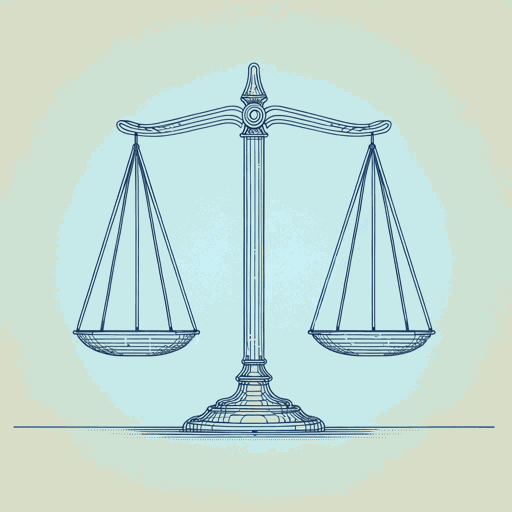44 pages • 1 hour read
Mary L. DudziakCold War Civil Rights: Race and the Image of American Democracy
Nonfiction | Book | Adult | Published in 2000A modern alternative to SparkNotes and CliffsNotes, SuperSummary offers high-quality Study Guides with detailed chapter summaries and analysis of major themes, characters, and more.
Introduction-Chapter 2Chapter Summaries & Analyses
Introduction Summary
Dudziak opens with an illustrative incident from history. In 1958, an African American named Jimmy Wilson was sentenced to death in Alabama for stealing an amount of money less than $2. This provoked a worldwide outcry. The Jimmy Wilson case was also seen as having a possible negative impact on US foreign relations. The international pressure led to Governor Folsom of Alabama pardoning Jimmy Wilson. Dudziak explains this case is just “one example of the international impact of American race discrimination during the Cold War” (6).
Next, Dudziak briefly describes the history of the United States’ racism against African Americans and its connection to foreign relations. In the 19th century, Black activists like Frederick Douglass appealed to public opinion in Great Britain. After World War I, W. E. B. DuBois hoped the League of Nations would put pressure on the United States to ease discrimination against African Americans. The real turning point was World War II, which exposed the tensions between professed American ideals of equality and the reality of racial discrimination, as it was “a war against a racist regime [Nazi Germany] carried on by a nation with segregated military forces” (7). The battle against fascist regimes in Germany and Italy and the involvement of African Americans in the armed forces highlighted this “American dilemma” (8).

